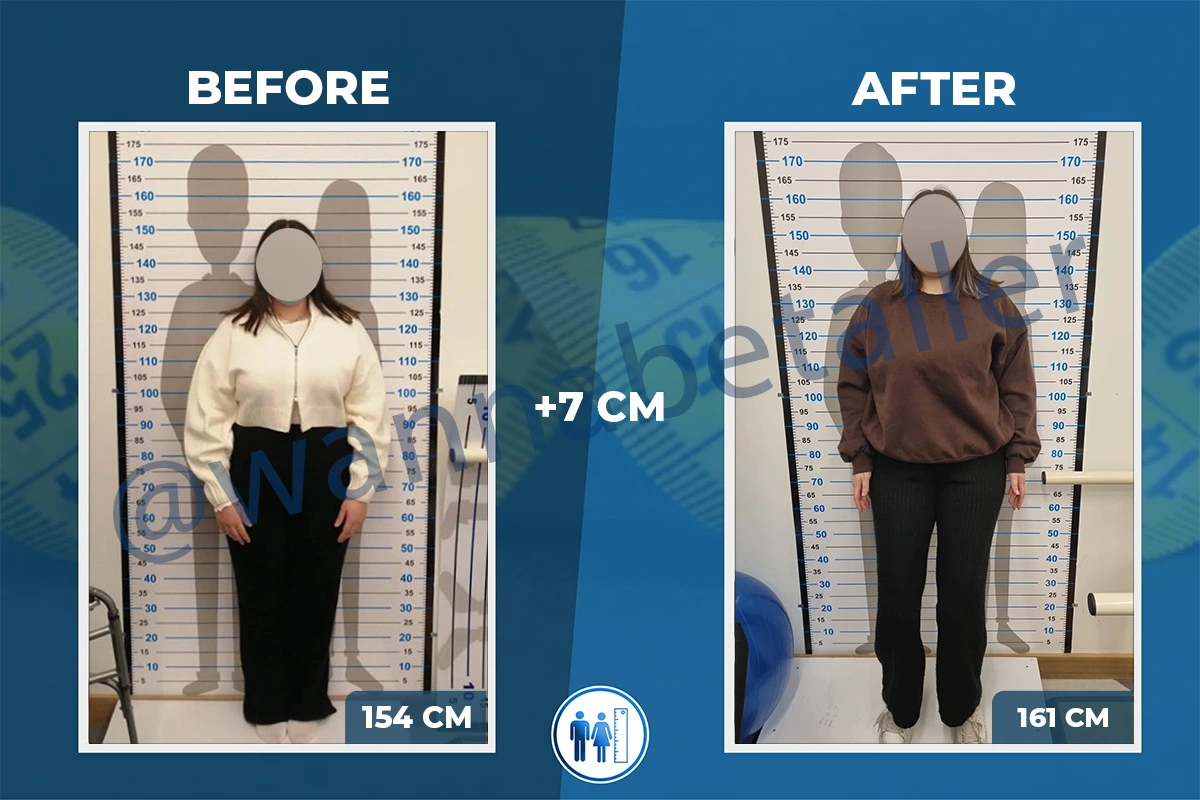 Advances in medical technology are making lives better and easier today. Among these advancements, Precice 2 stands out as a game-changer in making bones longer or straighter. It offers a smoother recovery for patients thanks to its sophisticated design and less invasive procedure. Precice 2, highly sought after in orthopedics, revolutionizes leg lengthening surgeries with its cutting-edge, internally operated device.
Advances in medical technology are making lives better and easier today. Among these advancements, Precice 2 stands out as a game-changer in making bones longer or straighter. It offers a smoother recovery for patients thanks to its sophisticated design and less invasive procedure. Precice 2, highly sought after in orthopedics, revolutionizes leg lengthening surgeries with its cutting-edge, internally operated device.
This method is unique because it extends bones from the inside using a magnetic remote, without needing any outside gadgets attached to the skin. Despite the higher cost of the device, the benefits of choosing Precice 2 over traditional methods are clear. One major advantage is that it doesn’t require any external devices or fixtures on the leg, which is especially beneficial in the first 15 days post-surgery when dressing and hygiene are crucial. Managing dressings well in these first 15 days helps prevent hygiene-related problems. This modern approach offers significant advantages in terms of both looks and function, making the process of limb lengthening safer and more comfortable. Further in this article, you’ll find questions and answers for those thinking about getting surgery with Precice 2, explained in a simple way.
- When is it possible for a patient to begin walking after having surgery using the Precice 2 technique?
After the surgery, for the initial 2 to 3 months, depending on their weight, patients are required to use a wheelchair or walker; following this period and after completing the required check-ups and assessments with the doctor’s consent, they can start to cautiously walk with assistance.
- What is the duration of hospital stay required for patients post-surgery?
Patients are generally required to remain in the hospital for a period of 5 days following their surgery for monitoring purposes. After this time, provided the doctor does not identify any health concerns, the patient may be allowed to leave the hospital. - When is physical therapy initiated?
Physical therapy begins on the second day post-operation, during the patient’s hospital stay. Sessions are held every two days during the initial week. Following this period, if patients opt for hotel accommodation – choosing to stay at a hotel we work with– their physical therapy sessions continue on a daily basis, excluding weekends. The frequency of therapy might vary with the degree of lengthening; thus, following the physician’s recommendation, additional sessions, including on Saturdays, might be necessary for some patients. This strategy is designed to expedite the recovery process and secure optimal outcomes in the post-surgery phase. - How do patients meet their bathroom needs after operation?
After surgery, patients who are a bit heavier usually rely on wheelchairs, while those who are within a normal weight range tend to use walkers. Given this, they can take care of their toilet needs by moving to the bathroom using either a wheelchair or walker.
- How do patients take a shower after surgery?
In the initial 3-4 weeks post-surgery, ensuring the wound area remains dry is essential to prevent infection. Therefore, some patients may choose to only shower above the waist, and others use protective coverings to keep the wound dry. After 3-4 weeks, when the wound area has healed, patients can resume their usual shower habits.
- Can the wound area become infected?
Giving a clear answer is challenging. Yet, the likelihood of infection can be greatly reduced if the patient properly attends to their bandages and hygiene. Protecting the wound from water, regularly changing dressings, and keeping the area clean are crucial steps in minimizing the risk of infection. - What are the precautions patients need to take while sleeping after surgery?
During the first 15-20 days, patients should sleep on their backs due to the wound on their legs. However, after this period, when the injured area is healed, patients can sleep on their sides as they wish. - How do patients extend their legs in the Precice 2 method?
In the Precice 2 method, patients extend their legs entirely through a magnetic remote control. This special controller sends signals to the intramedullary nail, allowing the bones to separate by up to 0.99 mm per day. During this process, the body starts developing new and soft bone tissue in the gaps between the bones. Patients perform this lengthening process three times a day, with each session controlled by the remote to be 0.33 mm. When the lengthening process is complete, the newly formed soft bone tissue gradually solidifies, returning to a normal bone structure over time. This precise and innovative method allows for more controlled and effective management of the bone lengthening process. - When is the intramedullary nail usually removed?
Doctors generally recommend removing the intramedullary nail within 1-2 years. However, if it is not removed, there is no known significant risk. - When can patients return to their country or city?
After the lengthening process is completed, patients can return to their countries without experiencing any problems. However, if they want to undergo a CT scan upon their return, they may face difficulties due to the magnetic nature of the nail. In this situation, it is necessary to inform the hospital where the scan will be conducted about the issue and follow an appropriate method accordingly. - How long do patients returning to their home continue physiotherapy sessions and X-ray imaging?
We recommend our patients to continue physiotherapy sessions with a local physiotherapist for a period of 1 to 3 months after returning to their home country. Additionally, we believe that daily exercises using tools like a treadmill will contribute to the healing process. However, it is crucial to consult your doctor before starting a personal exercise program. In terms of X-ray follow-up, it would be beneficial for patients to have X-rays every 15 days during the lengthening process and then during the initial 5-6 weeks after the completion of the lengthening process, followed by periodic X-rays as recommended by their doctors. These regular check-ups are important to assess the progress of the treatment effectively. - When do patients start walking without support?
Patients who choose the Precice 2 method can begin walking without support within 6-7 months. However, doctor’s supervision and approval are crucial at this stage. It is important for the patient’s health to start walking with small movements gradually instead of loading the legs suddenly during the process of walking without support. - Is it possible to return to sports after starting to walk without support?
From the first week after surgery, there is no harm in patients engaging in upper body exercises. Considering their overall health condition, patients typically start walking without support around 6-7 months after surgery. As for returning to sports, the period of 9-12 months after surgery is seen as a more suitable time. Starting sports too early or engaging in heavy physical activities is not recommended as it could lead to bending of the nail and hinder the completion of the healing process.

